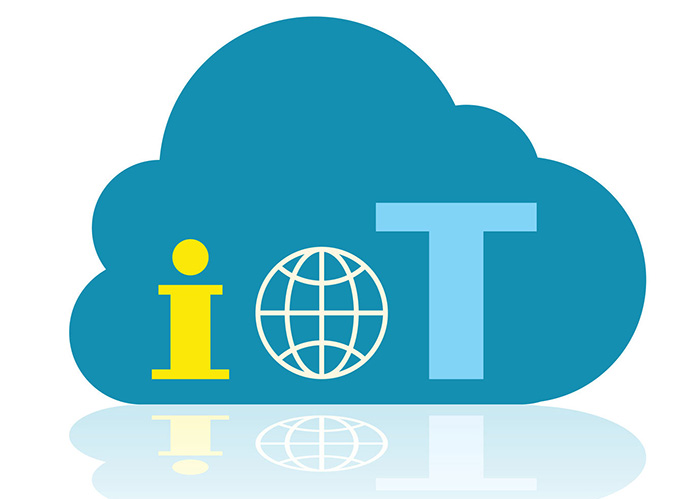IoT projects tend to start small and replicate quickly, so the ability to scale seamlessly and geographically is critical, especially in global deployments. 85% of global enterprises are considering an IoT strategy, and enterprises need to build on it to support long-term growth. To do this, you first need to choose the right IoT platform to realize current and future business value.


You can think of an IoT platform as the core of your IoT solution. The IoT platform technology stack consists of multiple layers, including device hardware, connectivity, data management, applications, analytics, and security. An IoT platform facilitates and orchestrates key interactions between each layer and other back-end systems in the business. This provides customers with the scalable and most efficient operational approach to realize IoT business value.
Here are six potential needs to consider when choosing an IoT platform:
1. Convenient tools for managing IoT devices and network connections
IoT platforms should allow access to user-controlled software tools to manage devices and network connections in IoT solutions. Convenient, on-demand managed service management capabilities put you in control of your IoT network – allowing adding, moving, deleting or changing IoT device reporting capabilities.
2. Support multiple network connections
Today, there are many network connectivity technologies that can connect IoT devices. Your best choice for a network connection will depend on what it will be used for and where it will be used, as well as the type of service level required. Therefore, a comprehensive IoT platform should provide connectivity support for all major IoT network types (satellite, LTE-M, NB-IoT, Lora, Sigfox, etc.) to provide maximum flexibility for current and future projects.
3. Enhance, transform and grow large amounts of data
IoT solutions use a variety of sensors that generate large amounts of data over time. In many cases, this data may need to be combined with existing data or data from other sources to create business insights. IoT platforms provide the ability to enhance, transform and augment data from various IoT endpoints. It can receive data streams from multiple sources and break them down so that the data can be easily processed, consumed, or responded to.
4. Provide a full set of data analysis functions
The ultimate goal of data collection is to improve business results by increasing visibility and insights. IoT platforms should facilitate data analytics capabilities that can extract value from data and prevent businesses from drowning in data flows. This will include analytics capabilities built into IoT platforms, as well as the ability to leverage third-party analytics software through APIs and services as securely as possible.
5. Consider security at each level
Security is a major concern for any business in IoT. Each individual device may not pose a significant threat on its own, but when you put millions of devices together, it can become a more significant nuisance. Additionally, security must be comprehensive at all levels of the stack. Following core security principles and practices will help reduce risk and maximize the inclusion of new connected devices into the ecosystem.
6. Provide flexibility for the future
Flexibility allows enterprises to experiment and scale their solutions using multiple devices, network types, applications, APIs and cloud environments without having to redesign the core IoT platform or update device firmware every time a change occurs or technology evolves. It also means taking into account technology trends many years into the future, including edge computing.
As IoT-connected devices and sensors proliferate across enterprises, managing, sifting, and analyzing so much data can be a huge challenge. Therefore, in the edge computing model, sensors and connected devices can transmit data to nearby edge computing devices instead of sending it back to the cloud or remote data center. IoT platforms should provide tools to drive data processing and standalone applications to run at the edge of the solution, which is important for planning ahead.
The Internet of Things is changing business and life as we know it, and it’s not slowing down. Keep your business relevant by investing in the right foundation for the future; make it a success story by building your business on the right IoT platform.
